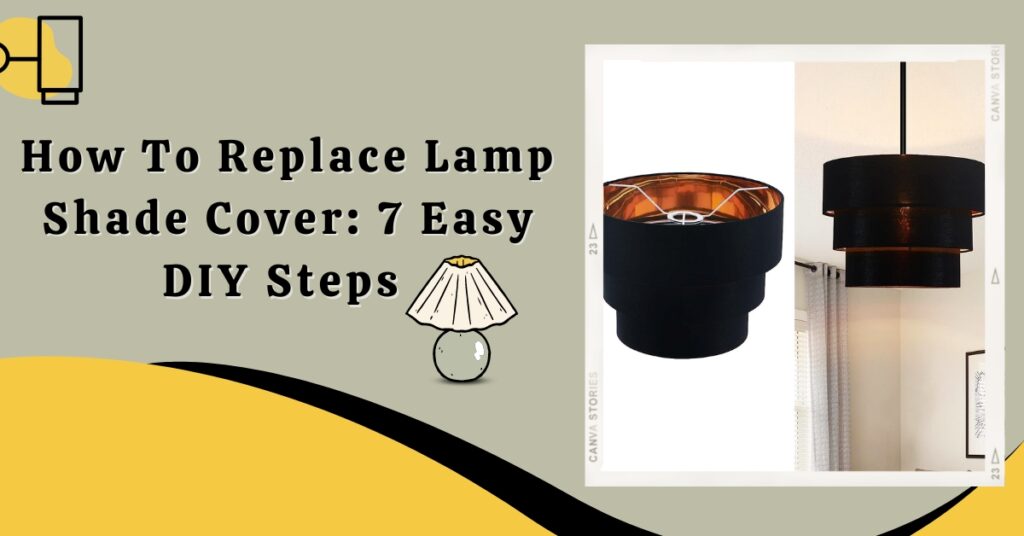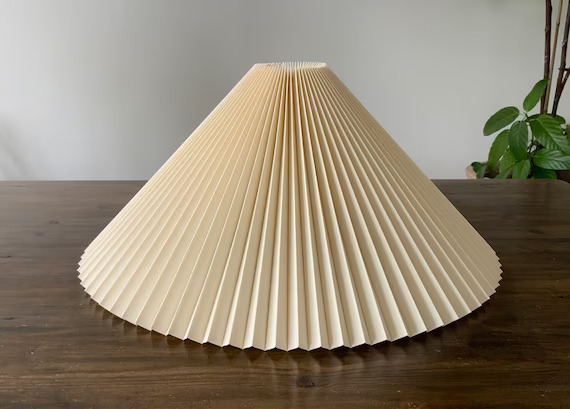
Step-By-Step Guide To Replace Lamp Shade Cover
Planning to replace the lamp shade cover this weekend? Follow this guide, and you are good to go.
Clear Off A Big Space
If you are starting with the replacement of the lamp shade cover, firstly, take a table or pick a flat surface to keep all the essentials for performing the task. Also, make sure to keep a newspaper on the table or ground. It will avoid the chances of floor and furniture getting stuck and damaged because of the use of spray adhesive.

Detach Old Fabric
If the fabric of your previous lampshade’s cover is ruined or torn, detach it slowly before starting with the shade’s recovery procedure. You can use scissors to gently trim the old fabric away from the frame. Make sure you don’t trim the liner fabric. Also, if the fabric you are using to recover the lampshade is in a lighter shade than your previous fabric, detach it too.
Because you need to understand the darker and thicker the fabric will be, the harder it will be for light to pass through. Also, you don’t need to detach anything if you are covering a lampshade with plastic material.
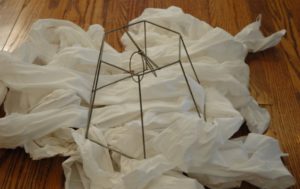
Pick A Thin & Lightweight Fabric
The choice of fabric does matter a lot when recovering a lampshade. The fabric you select to recover the lamp should be thin and lightweight so light can easily pass through it. You can go for cotton fabric as it is most suitable for lampshade covering. The cotton’s transparent structure allows light to easily pass through it. And if it is about the patterns of the fabric, then know that the drum and rectangular lamp shades go with almost every pattern. In contrast, the tapered lamp shades look best in more randomized patterns.
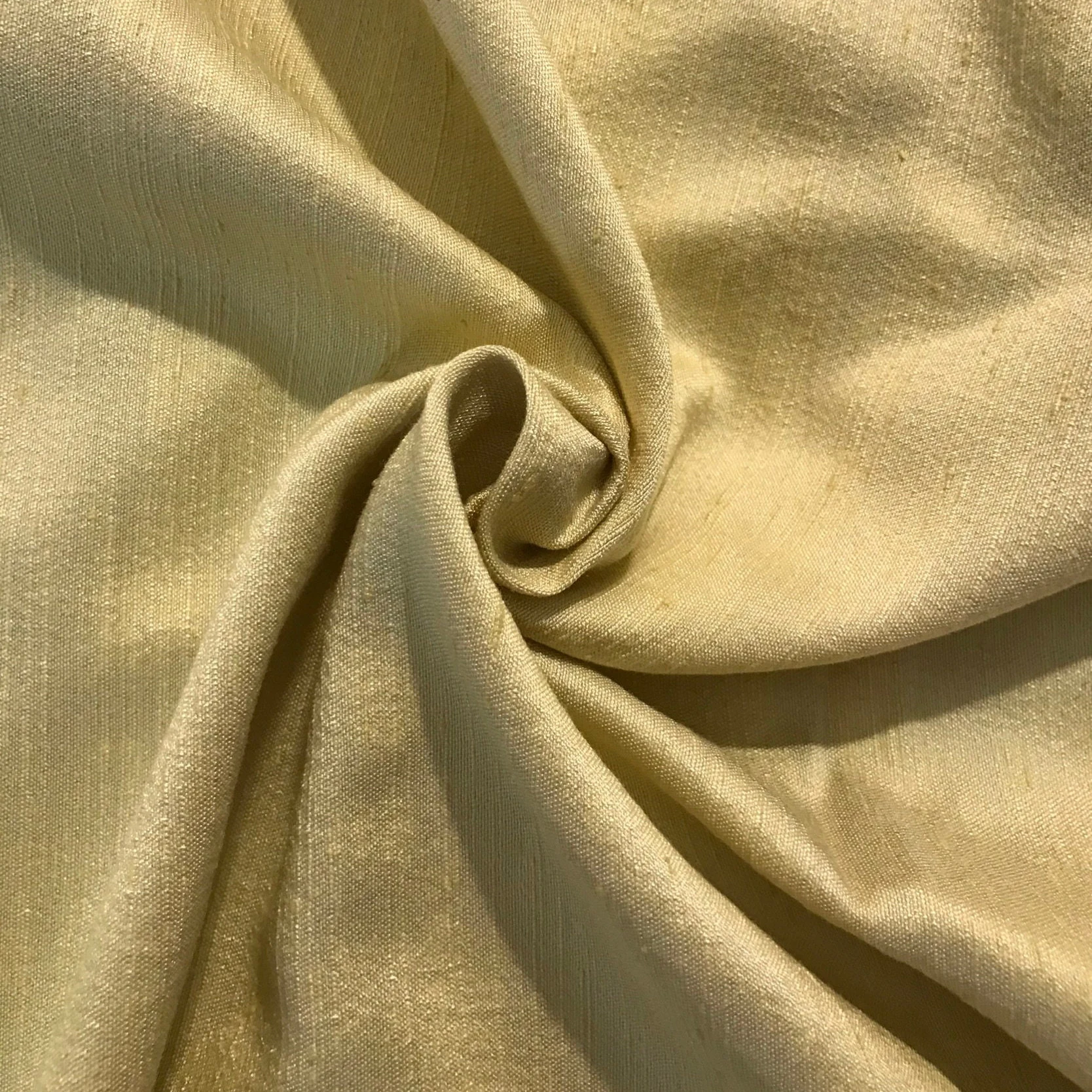
Also Read: Best Lamp Parts Repair And Rewiring Service In NYC
Create A Template
Now it’s time to create a template for your lampshade. Take a tracing paper and draw a pattern of shade using a pencil. Mark on your shade to know from where you will begin. If you own a rectangular or drum shade, keep the top and bottom edges parallel. And use a ruler or yardstick to mark the line to connect edges at an angle.
The angle for tapered shade is dependent on the taper’s angle and the size of the shade. To check if it’s a right angle, make sure the ends of the bottom left and top left are connected, and also, the bottom right and top right lines are attached. Apart from this, you will also require an extra fabric to work with during the process.
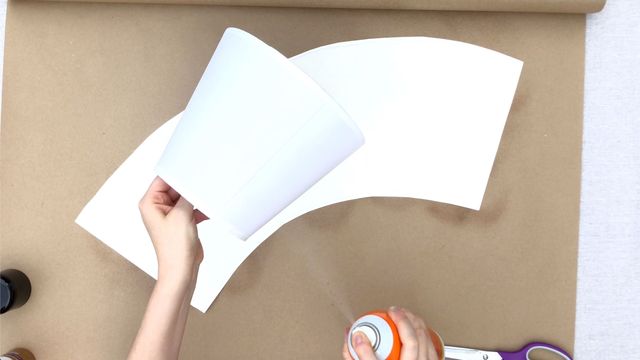
Cut The Fabric & Paste The Template
Once you create a template, it’s time to use scissors to cut it out. Pick the trimmed template and trace it onto your chosen fabric using chalk, pencil, or ink marker. Ensure the fabric you have chosen is not wrinkled or bunched on the flat surface because minor faults in cutting can make your fabric look uneven for covering. You can use fabric scissors to cut out the fabric better without leaving frayed edges. After that, clean the work surface, removing the remaining fabric.
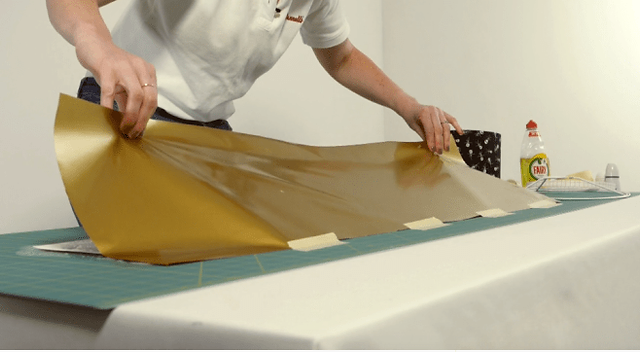
Recover The Shade
Once you complete the above steps, apply a spray adhesive to the cutout fabric. Make sure to pick a well-ventilated area for spraying adhesive, as it can make you feel sick if you breathe in it. Also, be cautious while using spray adhesive because if you accidentally spray it on anything else, it can make your hands messy. For your safety, cover the flat work area or floor with newspaper and the table with a blanket or sheet.
While recovering the shade, ensure that the edges of the shade are parallel to the edges of the fabric. Now hold the fabric and slowly move it to the other side of the lamp. Make sure to fold the fabric in a way it won’t get wrinkled. Now the extra fabric that leaves, fold it under the lamp so that edge gets hidden and you have a straight seam.

Add Decorative Element To Finalize Your Design
Now that you are done with the replacement of the lampshade covering, you can now even decorate it to give it a brand-new look. You can add a decorative border near the bottom edge of the lamp. Also, you can use a hot glue gun to paste a piece of fabric down the top and bottom edges of the lamp.
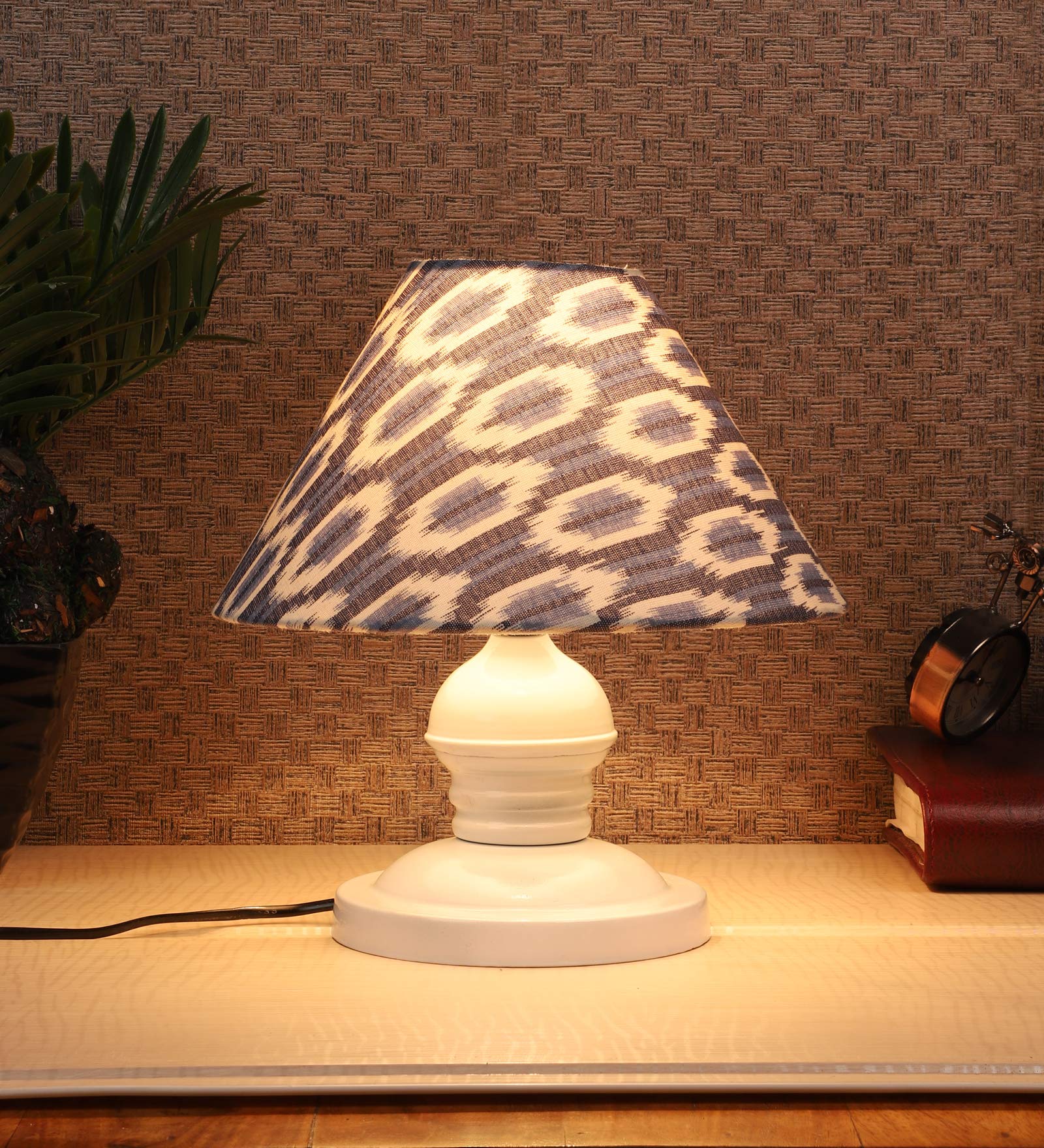
If you want, you can add a rick rack, fringe, or other elements to cover the hems of the newly covered lampshade. Also, make sure the seam of the border matches the seam of the fabric and looks even.

